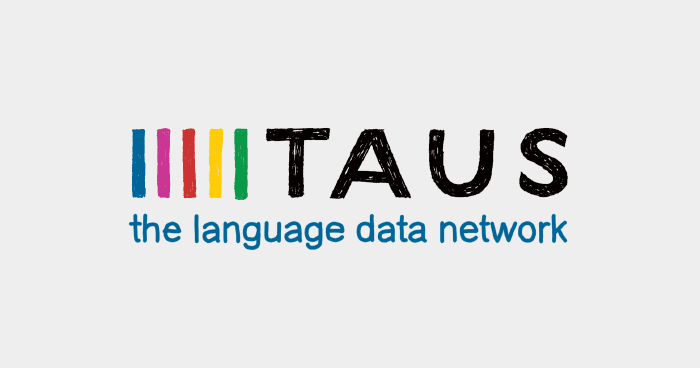Point to Point Protocol (PPP) is a network protocols that allow data communication between two network entities or points. PPP is a data link protocol; data link Layer is the second layer of the seven-layer OSI model. It comes just after the physical layer. PPP uses the internet protocol to transfer data on the Internet. It provides the connection authentication, transmission encryption, and compression.
Point to Point Protocol is generally utilized by Internet service providers (ISPs) to enable dialed up connections to the internet. Since dial-up modems were replaced by the broadband devices, PPP connections started increasing.
The services provided by Point to Point Protocol are,
- PPP defines the frame format of the Data to be transmitted.
- Encapsulation of network layer data within the frame.
- Provides connections over multiple links.
- Establish the link between two points and exchange the Data.
- Provides address for network communication.
- Supports a range of network layer protocols by providing a variety OS services.
PPP uses Link Control Protocol (LCP) to form a session between the user’s computer and an ISPs. LCP is considered to direct if the link is appropriate for data transmission. LCP packets are exchanged between multiple network points to work out link characteristics including device identity, packet size, and configuration errors.
PPP has its own security mechanisms that is used to authenticate connection requests, allowing the implementation to guard the device from unauthorized use.
The protection mechanisms supported by PPP are password authentication and a challenge-handshake. The password mechanism is simple to implement but the challenge-handshake requires additional states within the PPP state machine to handle the extra messages.
Password Authentication Protocol (PAP) is an access control protocol is used to authenticate a user’s password on the network access server. The network access server requests a password from the client machine and sends the retrieved password to an authentication server for verification. As an authentication protocol, PAP is the least secure because the password is not encrypted with in the transmission.
We can opt to not support any PPP security, instead relying on the higher-level protocols to provide security for the application. Depending on the application, the no-security option could also be more desirable. If the network is not secure, then sending a password would allow anyone spy on the network to read the password. PPP is an older technology but continues to be popular on smaller embedded devices as a result of its ability to use inexpensive networking hardware. However, current technology is moving toward newer, more complex low-level protocols, and these new technologies have more security options, but also more security challenges.
Call Tower on +61416672 244 today.












